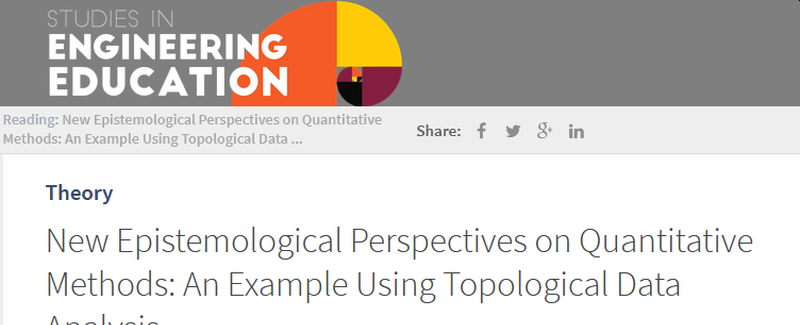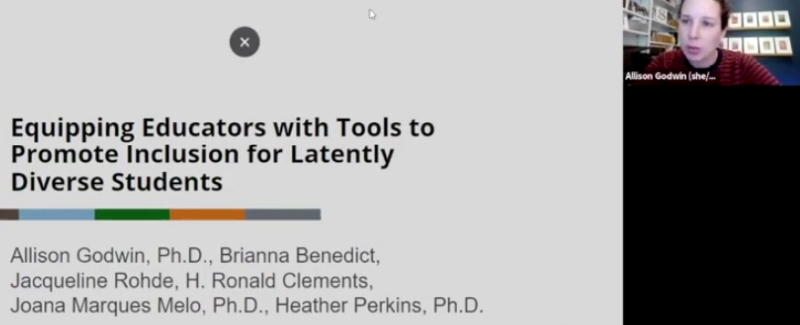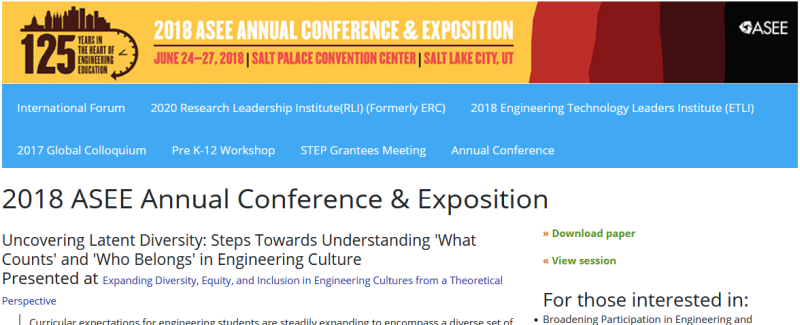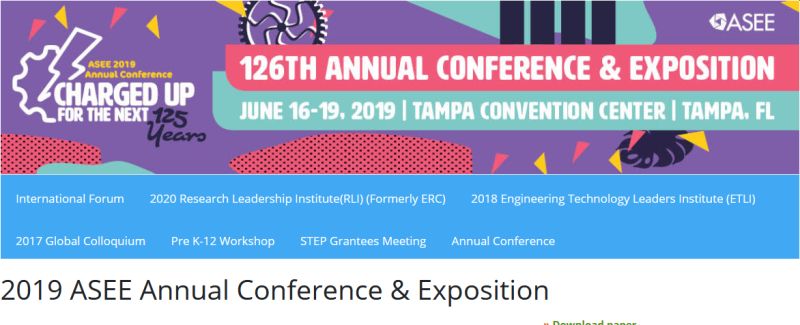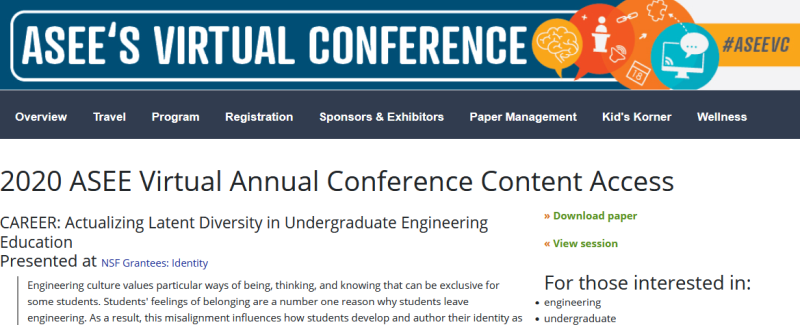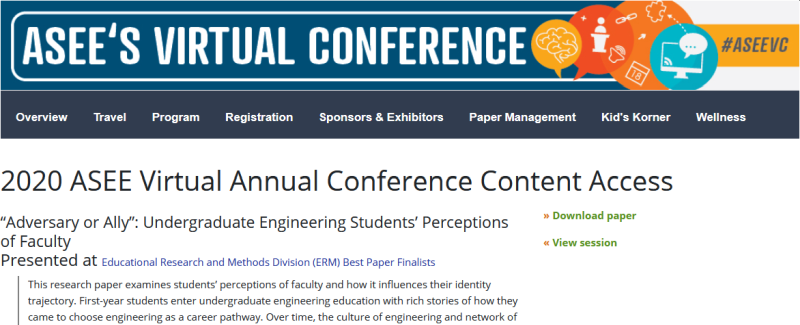Authors: Allison Godwin, Brianna Benedict, Jacqueline Rohde, Aaron Thielmeyer, Heather Perkins, Justin Major, Herman Clements & Zhihui Chen
Background: Education researchers use quantitative methodologies to examine generalizable correlational trends or causal mechanisms in phenomena or behaviors. These methodologies stem from (post)positivist epistemologies and often rely on statistical methods that use the means of groups or categories to determine significant results. The results can often essentialize findings to all members of a group as truth knowable within some quantifiable error. Additionally, the attitudes and beliefs of the majority (i.e., in engineering, White cis men) often dominate conclusions drawn and underemphasizes responses from minoritized individuals. In recent years, engineering education research has pursued more epistemologically and methodologically diverse perspectives. However, quantitative methodologies remain relatively fixed in their fundamental epistemological framings, goals, and practices.
Purpose: In this theory paper, we discuss the epistemic groundings of traditional quantitative methods and describe an opportunity for new quantitative methods that expand the possible ways of framing and conducting quantitative research—person-centered analyses. This article invites readers to re-examine quantitative research methods.
Scope: This article discusses the challenges and opportunities of novel quantitative methods in engineering education, particularly in the limited epistemic framings associated with traditional statistical methods. The affordances of person-centered analyses within different epistemological paradigms and research methods are considered. Then, we provide an example of a person-centered method, topological data analysis (TDA), to illustrate the unique insights that can be gained from person-centered analyses. TDA is a statistical method that maps the underlying structure of highly dimensional data.
Discussion/Conclusions: This article advances the discussion of quantitative methodologies and methods in engineering education research to offer new epistemological approaches. Considering the foundational epistemic framings of quantitative research can expand the kinds of questions that can be asked and answered. These new approaches offer ways to conduct more interpretive and inclusive quantitative research.

